By Manos Antoninis, Director of the Global Education Monitoring Report, and Silvia Montoya, Director of the UNESCO Institute for Statistics
As many children around the world head back to classes for a new school year, UNESCO shares the latest data on the number of out of school children and youth, offering a fresh look at the available evidence. The new estimates by the GEM Report and the UIS show that 244 million children and youth between the ages of 6 and 18 worldwide were still missing out on school in 2021.
The estimates are the result of a new and improved way of measuring, which combines administrative data with information coming from surveys and censuses. By using multiple data sources, gaps are filled, data trends are smoothed, and more consistent time series can be extracted. This way of measuring has been applied before to estimate flagship health indicators, such as maternal and infant mortality rates. But it is only recently that such approaches have begun being applied to education, marking a significant improvement to the robustness of the estimates.
According to the new figures, published online on the VIEW website managed by the UIS and the GEM Report, sub-Saharan Africa remains the region with the most children and youth out of school with 98 million children and young people excluded from education, followed by Central and Southern Asia with 85 million. The top five countries with the most children excluded from education are India, Nigeria, Pakistan, Ethiopia and China. Sub-Saharan Africa is the only region showing increasing numbers of children out of school as attendance rates are falling more slowly than school-age population growth rates.
The new way of measuring has also filled important data gaps in countries that have had large out of school numbers and where no administrative data of good quality has been available for over a decade. This is the case for Pakistan and Nigeria, which have each about 20 million children and youth out of school, Ethiopia (10.5 million) and the Democratic Republic of Congo (6 million).
The estimation process incorporates the latest country data in 2021 to be released by the UIS later this month. A preliminary assessment suggests that while primary and lower secondary education enrolment might not have been affected by the global school closures as a result of COVID-19, there might be some impact on upper secondary enrolment. But more information will be needed in the coming year to assess the impact.
While the new figures are lower than previous estimates, still far too many children are missing out on their education. Reliable estimates of out-of-school rates are critical for monitoring progress and giving greater transparency over the work remaining to be done. With UNESCO’s help, 90% of countries have now set national targets to achieve by the end of this decade, including on out-of-school rates. Their benchmarks show countries are committed to cut out-of-school numbers by over half by 2030. This is a strong basis for commitments to be made at the Transforming Education Summit this September where actions and solutions can be mobilised to make this a reality
View the data per country in interactive visualizations on the VIEW website.
Share our social media messages.
The post New measurement shows that 244 million children and youth are out of school appeared first on World Education Blog.
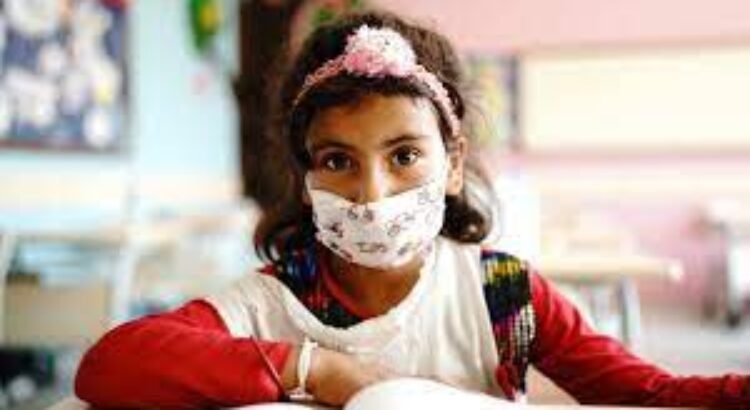
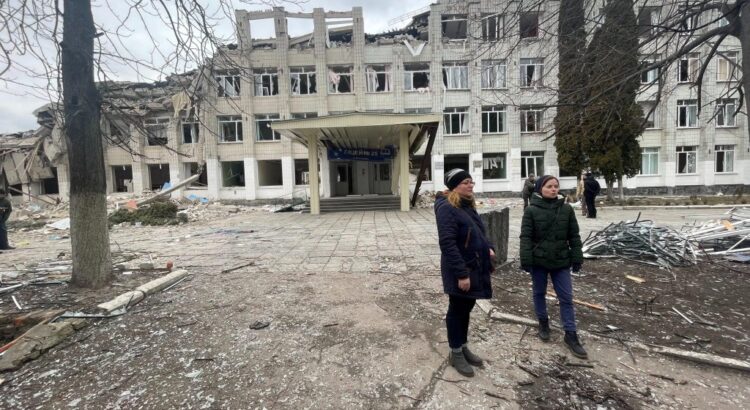


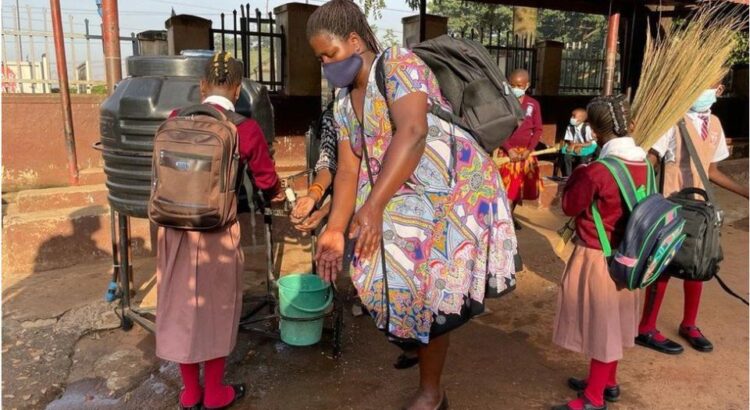
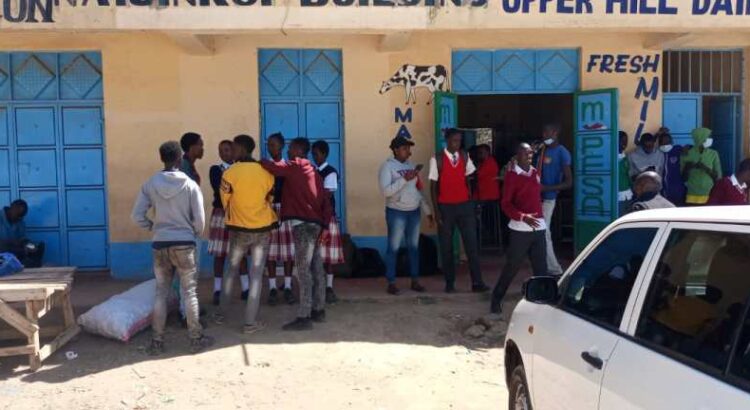
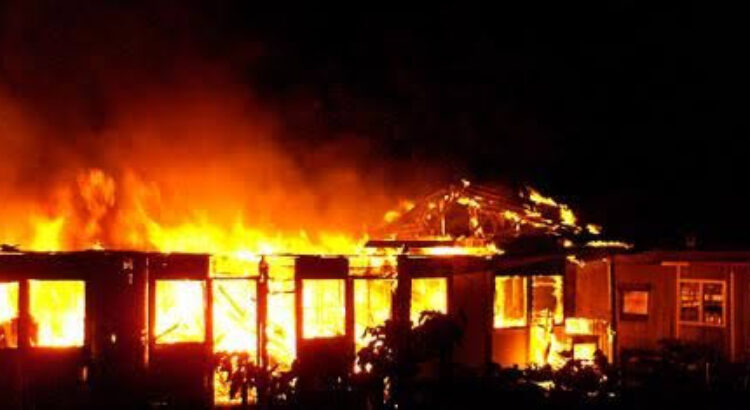

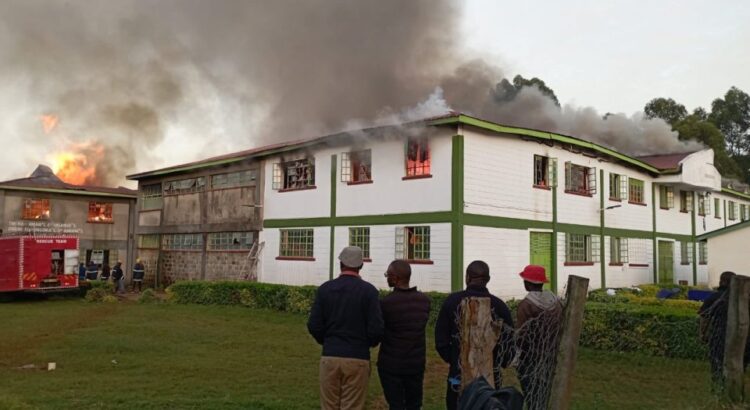







 Users Today : 20
Users Today : 20 Total Users : 35459926
Total Users : 35459926 Views Today : 24
Views Today : 24 Total views : 3418489
Total views : 3418489